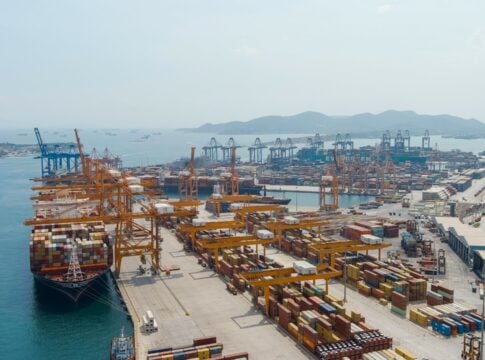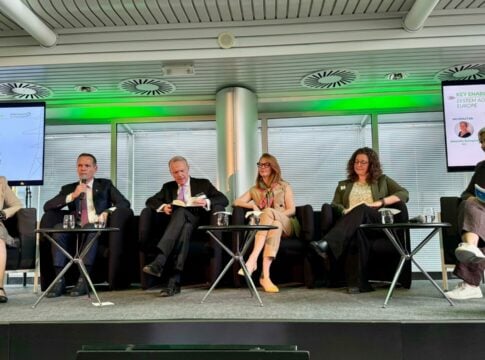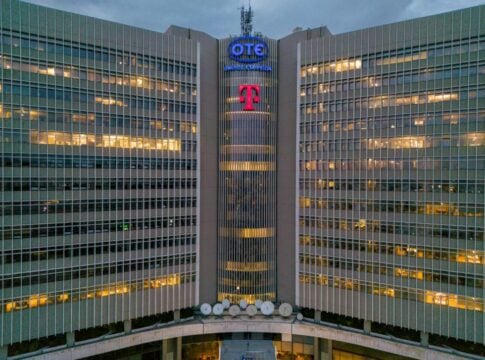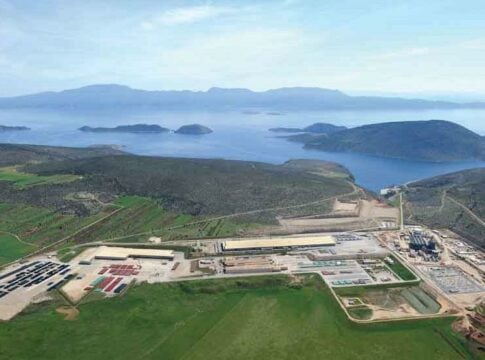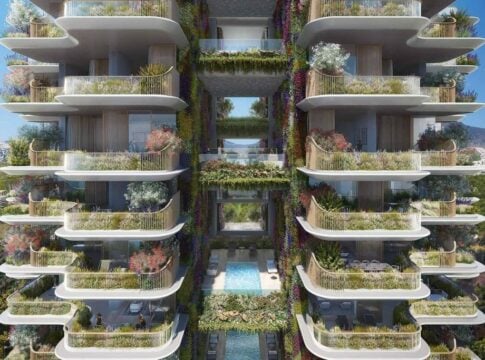International uncertainty, the construction sector, as well as the significantly slower course of the RRF disbursements in the first quarter of 2025, are some of the factors that have negatively affected investments.
Gross fixed capital formation (GFCF), according to an analysis by the National Bank of Greece, decreased by 6.1% on a quarterly basis and 3.2% annually, a decrease that marks the largest decline in fixed capital since the first lockdown of the pandemic.
In its analysis, the NBG focused on the temporary and medium-term factors that negatively affected the GFCF, with the former showing signs of reversal in the coming quarters, while the course of the latter remains unclear.
First, the impact of global uncertainty on the investment decisions of the largest and most outward-looking businesses—those that had already made significant capital expenditures in previous years—is highlighted.
Second, the Composite Index of Construction Activity (CICA) was negatively affected by the comparison with the upwardly revised figures for both non-residential and residential construction in the first quarter of 2024, each of which was revised up by approximately 4%.
Third, an important factor, according to the NBG, is the final delivery and full integration of large investment projects in the construction sector and in infrastructure, which will strengthen the GFCF in the near future, as they are temporarily classified in the reserves. Another factor is the significantly slower course of disbursements through the RRF in the first quarter of 2025 − 0.7% of GDP in the first quarter of 2025 compared to 1.2% in the corresponding quarter of 2024.
On the other hand, certain factors are not easily assessed by the National Bank of Greece (NBG) in terms of whether they can be reversed in the short term. These are related to the construction sector, which is facing significant labor shortages, high construction costs, and elevated land values.
Despite the increase in employment in the construction sector, data from industry surveys suggest that labor shortages have been a key constraint on activity during the early months of 2025, with no visible signs of improvement within the year. At the same time, construction costs remain high, with building material prices having risen cumulatively by 25% since 2021. Land values have also followed an upward trend, in line with rising valuations of residential and commercial real estate.




